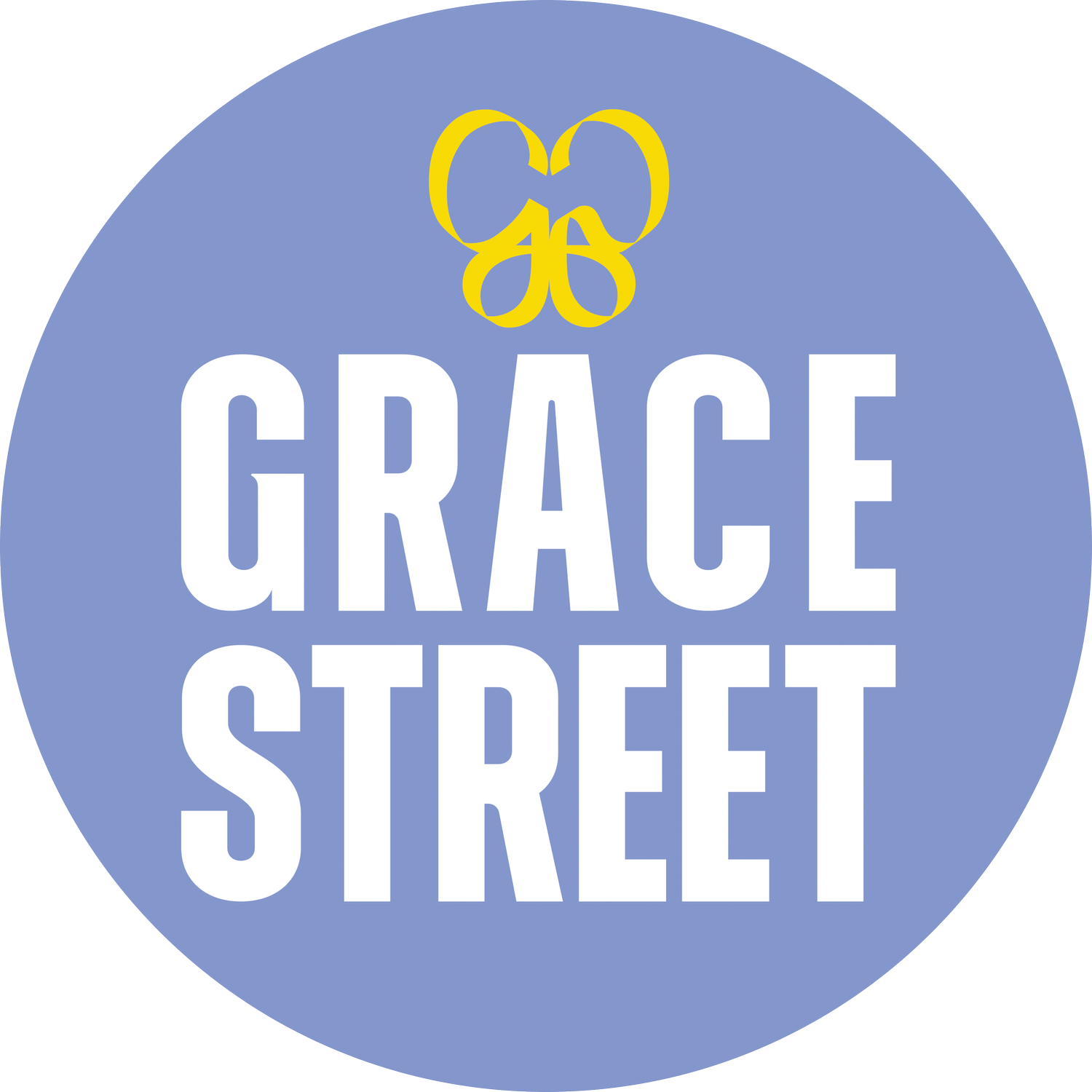Happy Lunar New Year 2020
Now that January is almost ending… Happy New Year!
Korean and Chinese cultures celebrate the holiday based on the lunar calendar. The start of this year for the Eastern hemisphere isn’t January 1st, but actually January 25th! Look out for those born in 1984, 1996, and 2008, this is your year! 2020 marks the year of the rat, the official zodiac animal that embodies diligence and kindness.
As an Asian dessert café tucked inside the heart of Koreatown, Grace Street enjoys embracing the lunar New Year along with the ball drop in Times Square on January 1st. Here’s how we’ll soak in the celebrations on the 25th:
Rewind the times: back to tradition
New Year festivities require a fanciful to-do-list, but no worries, all tasks are done with family! In Korean culture, families play dress up in beautiful, lavish dresses from the olden days known as Hanboks. Gold crusted silks pattern dresses and traditional shirts for a picturesque family portrait. Time for seh-beh! Seh-beh is the act of paying respects to ancestors and elders; children usually bow to their parents and grandparents and receive envelopes of money in return as blessings for the New Year. For the ancestors, families will prepare vast feasts and pour drinks in remembrance and offerings to all of the past generations.
Chinese culture begins celebrations more on New Year’s Eve. The dinner on the night before, titled “Reunion Dinner,” prioritizes quality family time while watching the Spring Festival Gala. Fun fact: instead of calling it the New Year, the Chinese say Spring Festival as a way to welcome the warmer seasons of the upcoming year. After dinner, red packets filled with money are given to children from the elders, just like the Korean seh-beh tradition. These days, however, digitally sending red sachets has become the new tech trend!
Although reunion dinners are delicious and exciting, prepare all travel plans way in advance! The horrific and cluttered holiday travel, known as Spring Migration, floods all modes of transportation. A few years ago, train tickets were even selling a thousand seats per second!
Dig in: The New Year’s Feast
Imagine a rich, soothing broth filled with dumplings, chewy rice cakes, and topped with layers of thinly sliced egg and dried seaweed. Don’t drool just yet! Koreans begin the New Year by eating dduk-gook, directly translated as rice cake soup. The round rice cakes in each bowl signify lasting luck, as the dduk allows for goodness to “stick” for the year. Many families also use this dish to spend time with one another by preparing the mandoo, dumplings, by hand. The best part about homemade mandoo is that each person can create personalized dumplings to his or her taste! Not a fan of pork and tofu? No problem! Just replace the pork with plump shrimp and swap out tofu for bean sprouts to make the best dduk-gook for you.
Chinese reunion dinners also consist of dumplings! Besides these savory, packed pieces of goodness, a Chinese lunar celebration includes many other foods that all represent something for the New Year.
It’s all about the colors: the dinner table is usually spread with bright colors ranging from oranges to reds and greens. Oranges and pomegranates are placed for luck and fertility, while rice cake desserts like Nian Gao are eaten as they represent yearly success. Just like dduk-gook, a traditional dish for the Chinese is a vegetarian cuisine known as Jai. Jai consists of “lucky” ingredients like lotus seeds and bamboo shoots so that the year will be nothing but filled with happy blessings!
Besides the cultural traditions, what are other traditions that you and other loved ones may share? It may not consist of bowing, ancestral offerings, or even homemade dumplings, but every New Year’s celebration is a unique and uniting time as everyone enters a new stage of life, together!
Happy Seollal, (Korean)
Gong Hei Fat Choy, (Cantonese)
And
Gong Xi Fa Cai (Mandarin)!

